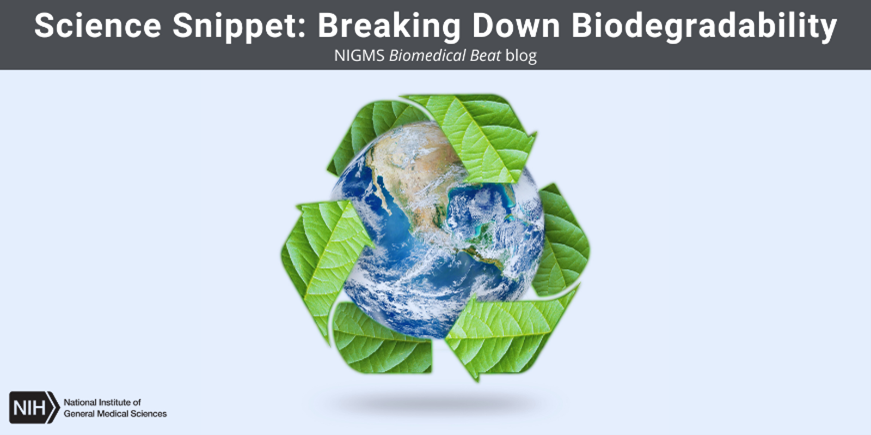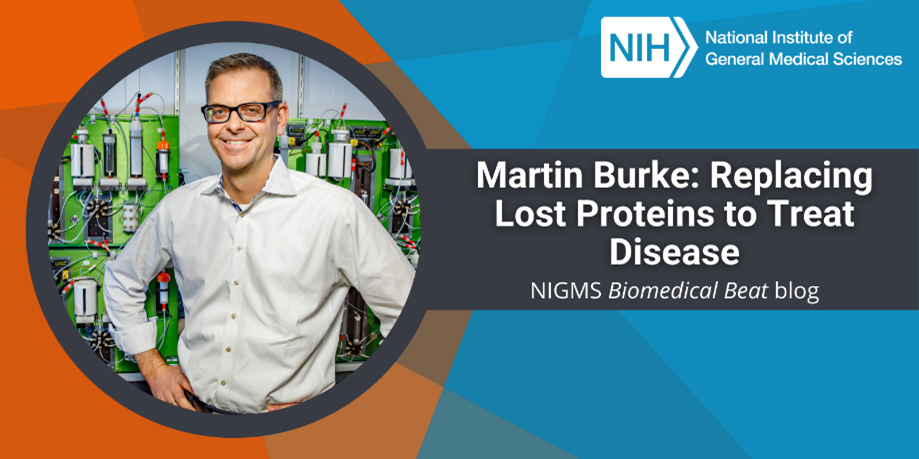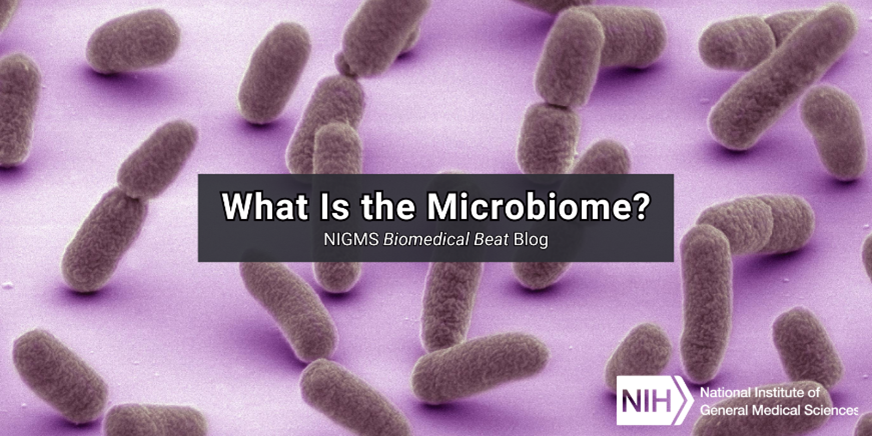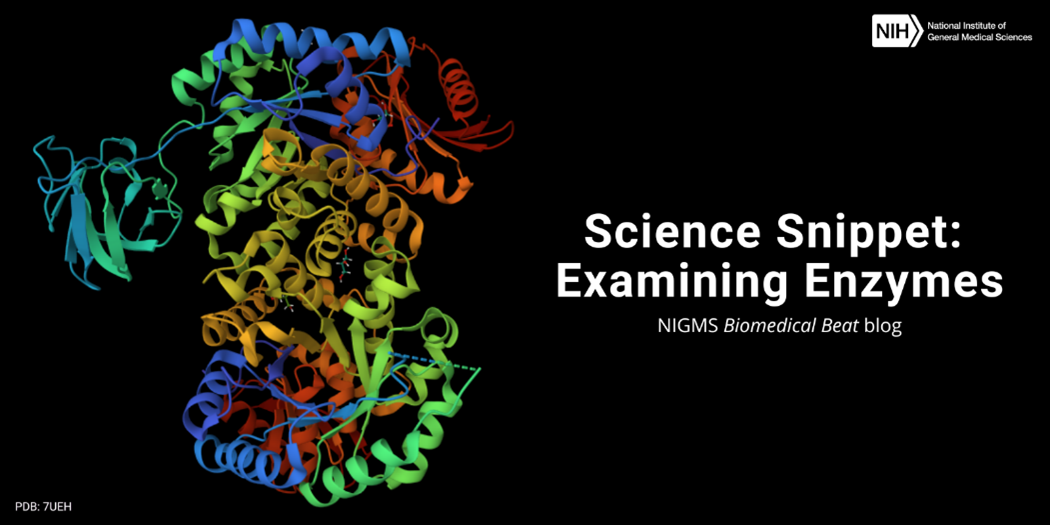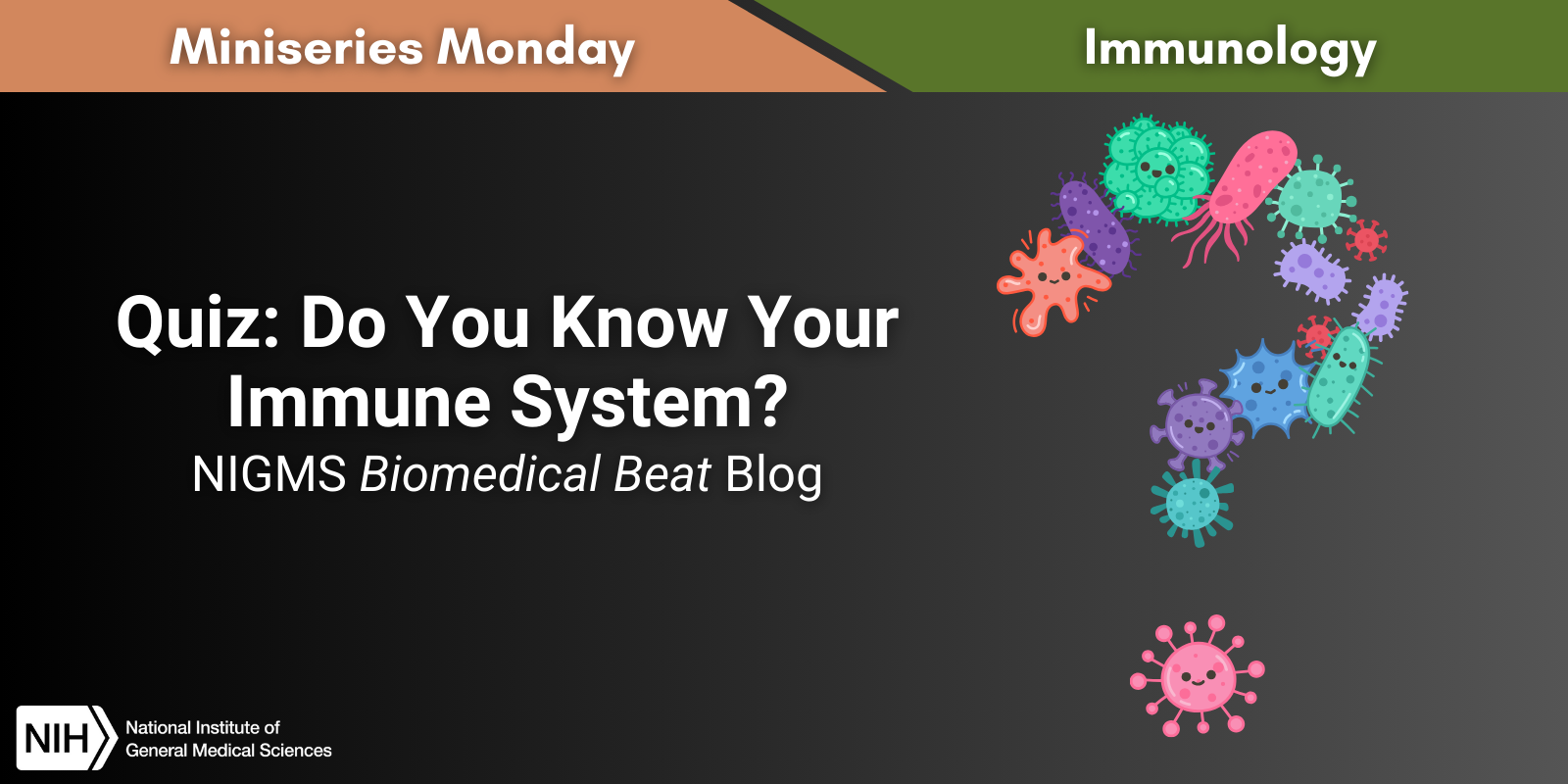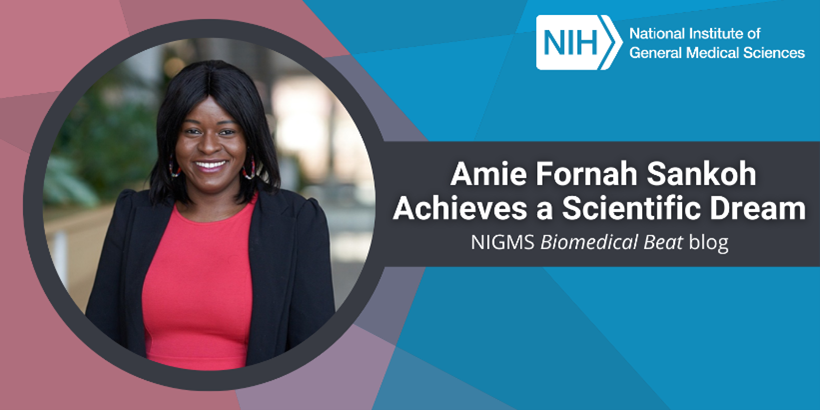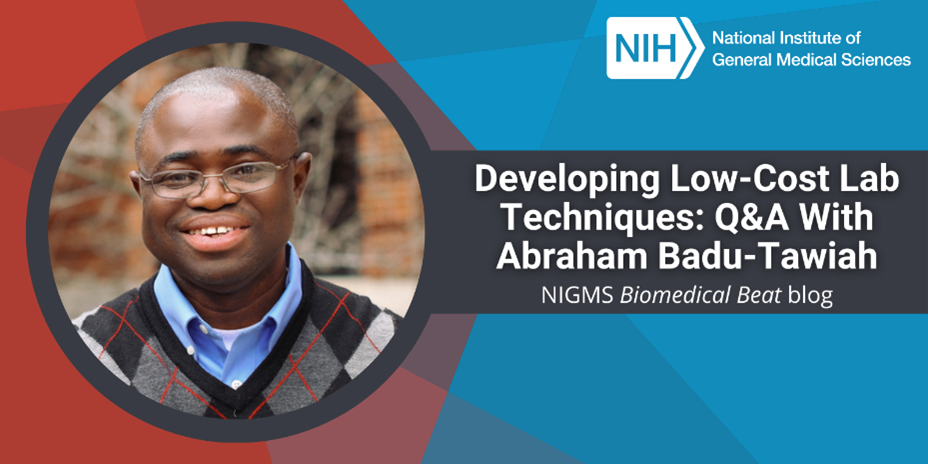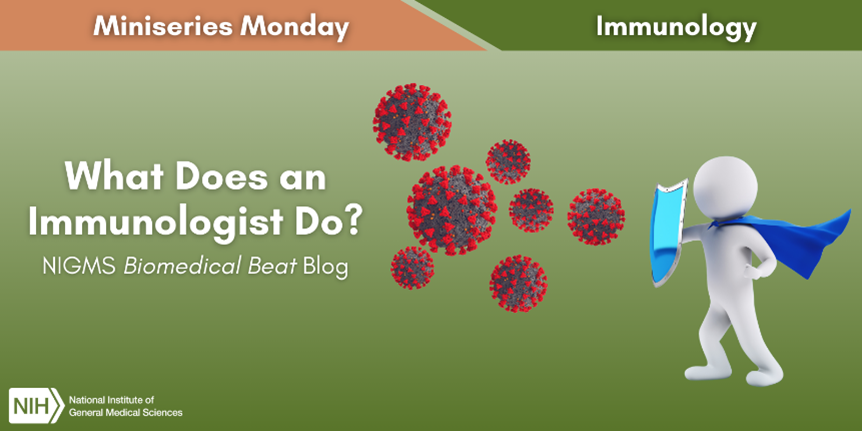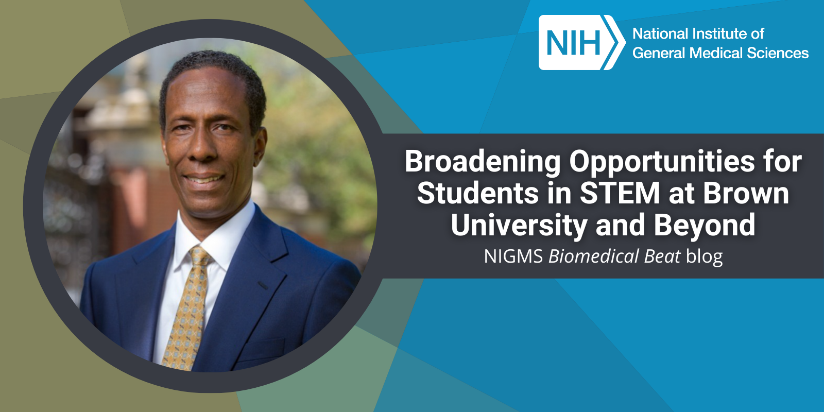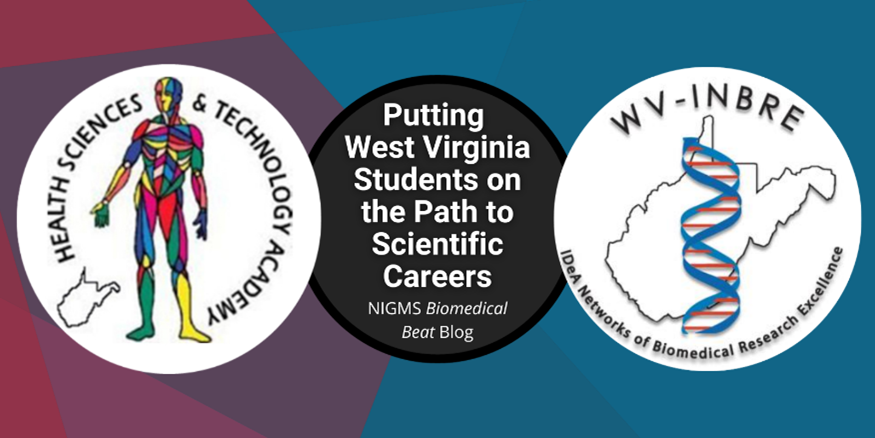Have you ever noticed plastic utensils or paper plates labeled as “biodegradable” and wondered what that meant? Materials are biodegradable when microorganisms such as bacteria can break them down into their building blocks.
Continue reading “Science Snippet: Breaking Down Biodegradability”Posts by Kimberly Smith
Martin Burke: Replacing Lost Proteins to Treat Disease
As a medical student, Martin Burke, M.D., Ph.D., helped care for a young college student with cystic fibrosis (CF), an inherited disease that affects the body’s ability to make sweat and mucus. Dr. Burke had just studied CF in class, so he relayed what he had learned to her. He had a lot of information to give—doctors and researchers know the exact amino acid changes in an ion channel protein called cystic fibrosis transmembrane conductance regulator (CFTR) that cause CF.
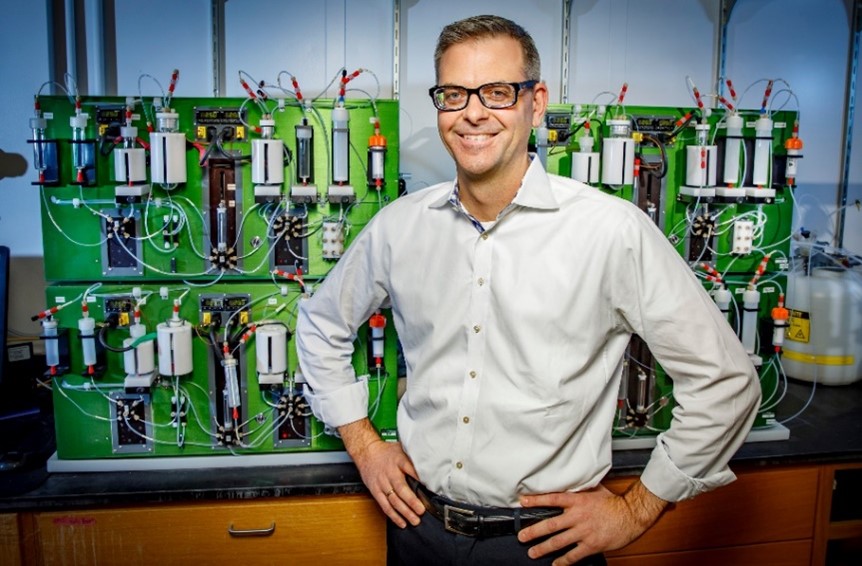
“At one point in the conversation, she stopped me and said, ‘It sounds like you know exactly what’s wrong with me, so why can’t you fix it?’” Dr. Burke, now the May and Ving Lee Professor for Chemical Innovation at University of Illinois Urbana-Champaign (UIUC), never forgot this question. In fact, it’s inspired his career-long search for new ways to develop therapies for diseases without effective treatment options.
Continue reading “Martin Burke: Replacing Lost Proteins to Treat Disease”What Is the Microbiome?
Have you ever noticed a skin care product advertised as “microbiome friendly” and wondered what that meant? The microbiome is the collection of all the microbes—including bacteria, viruses, and fungi—that live in a specific environment, such as on the skin or in the digestive tract.
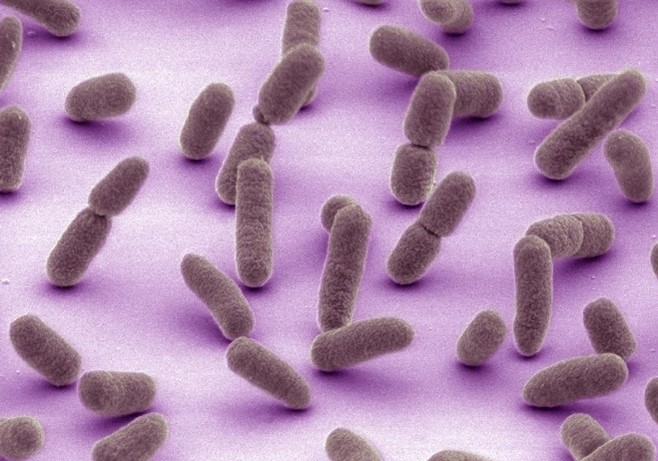
Credit: Mark Ellisman and Thomas Deerinck, National Center for Microscopy and Imaging Research, University of California, San Diego.
It’s a common misconception that all microbes are harmful—in truth, much of the human microbiome is made up of microbes that form beneficial symbiotic relationships with us. Microbiome-friendly skin care products don’t have antimicrobial properties that could harm the beneficial bacteria that live on our skin.
Your Microbiome and You
Continue reading “What Is the Microbiome?”Science Snippet: Examining Enzymes
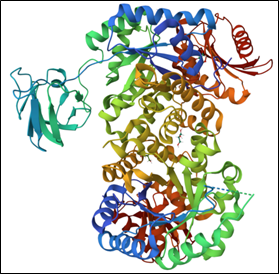
Every day, our cells must produce all the various molecules they need to stay alive. But the chemical reactions to create these molecules can’t occur without help—which is where enzymes come in. Enzymes are biological catalysts, meaning they speed up the rate of specific chemical reactions by reducing the amount of energy needed for the reaction to occur. Most enzymes are proteins, but some RNA molecules can also act as enzymes.
Thousands of different enzymes catalyze the vast range of reactions that take place within cells, but each enzyme typically supports one of the following types of tasks:
Continue reading “Science Snippet: Examining Enzymes”Quiz: Do You Know Your Immune System?
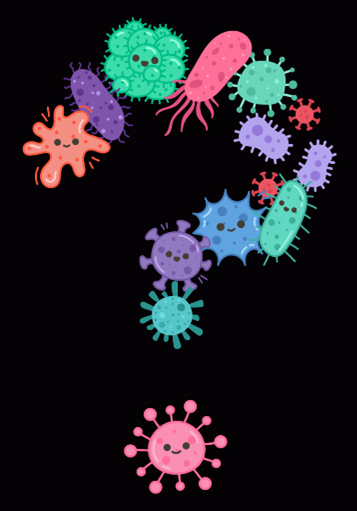
Throughout our immunology miniseries, we introduced the immune system and its many functions and components. Additionally, we highlighted how vaccines train your immune system, how the system can go awry, and how NIGMS-supported researchers are studying immunology and infectious diseases. Put your knowledge about the immune system to the test by taking the quiz below.
Continue reading “Quiz: Do You Know Your Immune System?”Amie Fornah Sankoh Achieves a Scientific Dream
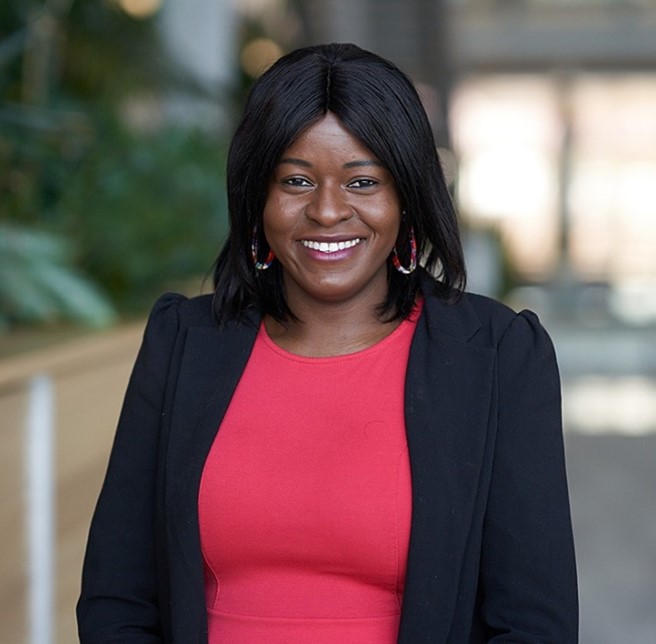
“I wanted to give up so many times. Although I tried to remain positive, I never thought I’d be able to finish my Ph.D. But I made it, and I’m extremely proud of myself,” says Amie Fornah Sankoh, Ph.D., a research scientist with Dow Chemical Company who received NIGMS support as a graduate student.
Human and Plant Communication
Dr. Sankoh has loved science and mathematics since she was just a child growing up in Sierra Leone. When she was 3 years old, Dr. Sankoh became deaf from a childhood disease. Math, unlike other subjects, is very visual, which played a part in her interest in it. “Before I learned American Sign Language when I was 15 years old, I could only understand one language: mathematics,” Dr. Sankoh says.
Continue reading “Amie Fornah Sankoh Achieves a Scientific Dream”Developing Low-Cost Lab Techniques: Q&A With Abraham Badu-Tawiah
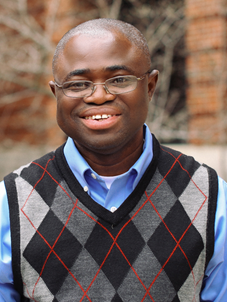
“I never thought I could make an impact on chemistry and students’ lives. But now, I’m the head of a lab with several Ph.D. and undergraduate students and a postdoctoral researcher; and we’re developing simple, low-cost lab techniques that can be adopted by labs across the world,” says Abraham Badu-Tawiah, Ph.D., the Robert K. Fox Professor of Chemistry at Ohio State University in Columbus. We talked with Dr. Badu-Tawiah about his career progression, research, and advice for students hoping to launch a career in science.
Q: How did you get started on the path to a career in science?
A: In Ghana, where I grew up, education works differently than in the United States. High school students are assigned subjects to study primarily based on their grades, and once assigned a subject, it’s difficult to switch. I was assigned to math, physics, and chemistry, which put me on a path toward being an engineer. I was happy to be studying science, but after the death of my brother, I wanted to study medicine more than engineering.
Continue reading “Developing Low-Cost Lab Techniques: Q&A With Abraham Badu-Tawiah”What Does an Immunologist Do?
Immunology is the study of the immune system, including all the cells, tissues, and organs that work together to protect you from germs. A person who studies immunology is called an immunologist, and there are three types:
- Researchers, who study the immune system in the laboratory to understand how it works or how it can go awry and find new treatments for immune system-related diseases
- Doctors, who diagnose and care for patients with diseases related to the immune system, such as food allergies or immunodeficiency
- Physician-scientists, who are both researchers and doctors and divide their time between the clinic and the laboratory
Broadening Opportunities for Students in STEM at Brown University and Beyond
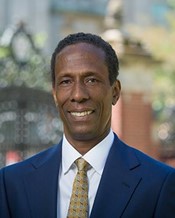
Andrew G. Campbell, Ph.D., a professor of medical science at Brown University in Providence, Rhode Island, and previous dean of the graduate school, is passionate about researching understudied diseases and helping students reach their full potential.
Dr. Campbell’s lab has studied the single-cell organism Trypanosoma brucei (T. brucei), a parasite transmitted through the bite of the tsetse fly, which is only found in specific regions of Africa. In humans, T. brucei causes African Trypanosomiasis, also known as sleeping sickness. Symptoms of this illness include headache, weakness, tiredness, and altered sleep schedules; and if left untreated, it can be fatal. Dr. Campbell studies the function of certain enzymes found in T. brucei and other infectious agents, like hepatitis B virus and HIV, with the hope that they can serve as targets for new treatments for diseases.
Continue reading “Broadening Opportunities for Students in STEM at Brown University and Beyond”Putting West Virginia Students on the Path to Scientific Careers
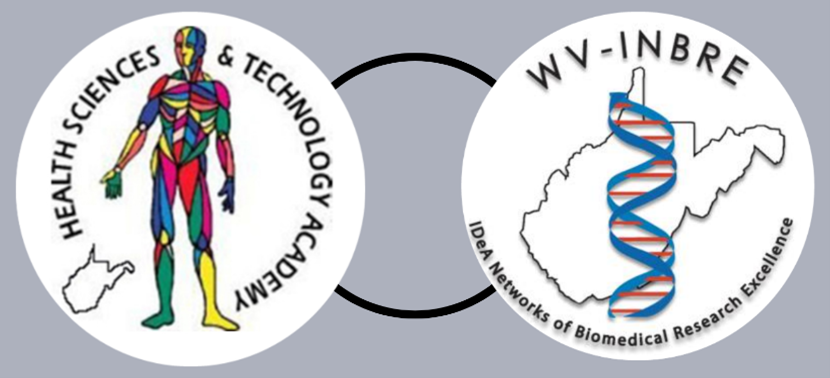
Two NIGMS-funded programs are teaming up to shape the future of science and technology in West Virginia (WV). One engages high school students in science, technology, engineering, math, and medicine (STEM+M); introduces them to research; and provides direct access to college through tuition waivers. In the other program, undergraduate students are paired with a researcher at their institution for a paid internship—an important step toward a career in science.
The Health Sciences & Technology Academy
“We liken our students to rosebuds. As they grow, you see them blossom into self-confident leaders,” says Catherine Morton, Ed.D., director of the Health Sciences & Technology Academy (HSTA) in West Virginia. This mentoring program is supported in part by an NIGMS Science Education Partnership Award (SEPA).
Continue reading “Putting West Virginia Students on the Path to Scientific Careers”

